While some architectural and interior designs will require a more experienced pair of eyes to identify, Greek revival-style homes are far easier to distinguish. It is one of the most iconic architectural designs, not only in the United States but throughout the world, with many features that give it a unique aesthetic appeal.
Considering how extravagant and regal Greek revival architecture may be, not all homeowners think they can have something similar to this aesthetic in their own homes. But once you learn about the intricacies of this type of architecture and all the minute ways you can incorporate Greek revival aesthetics into your home, the task becomes far more doable.
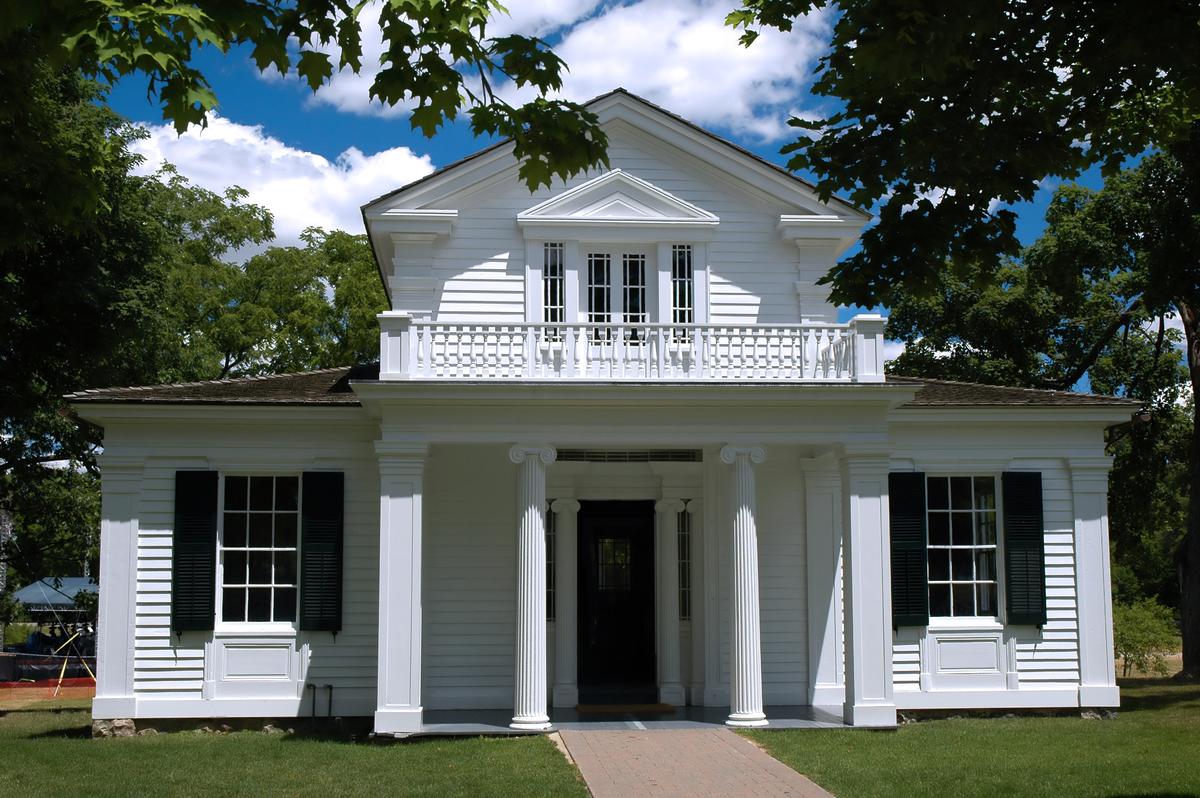

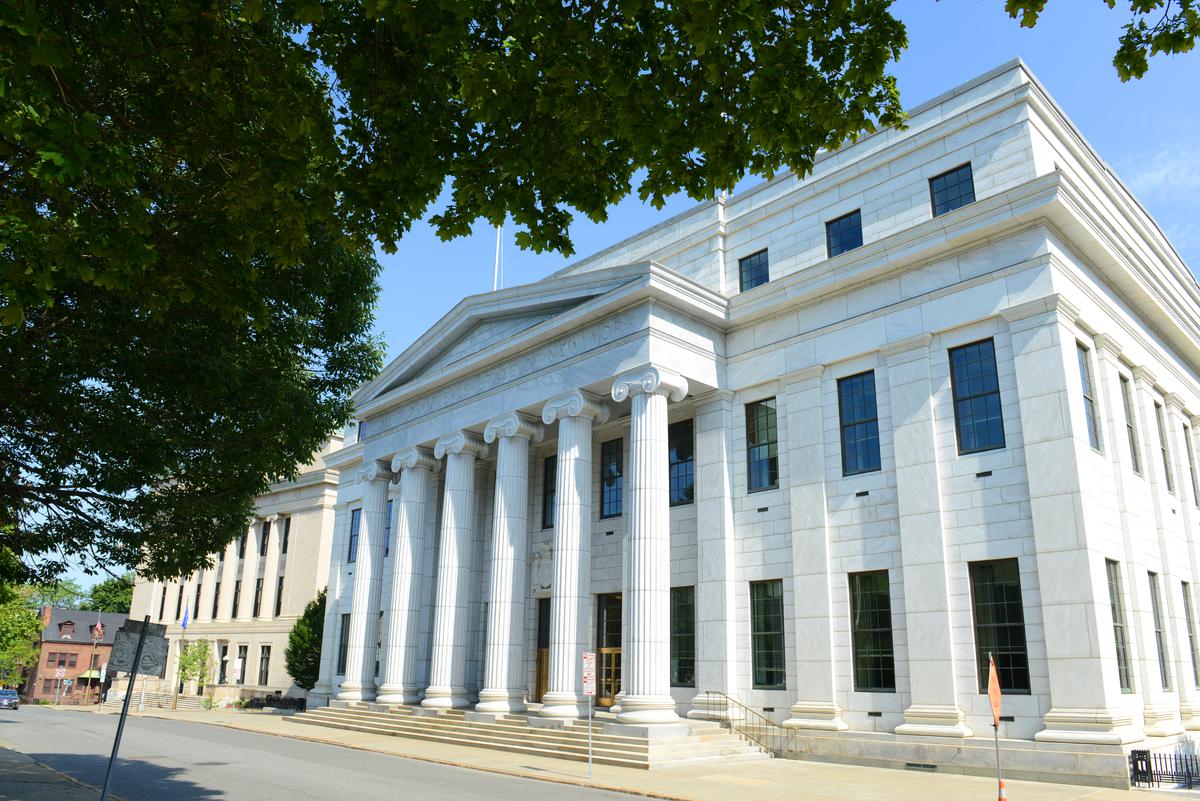
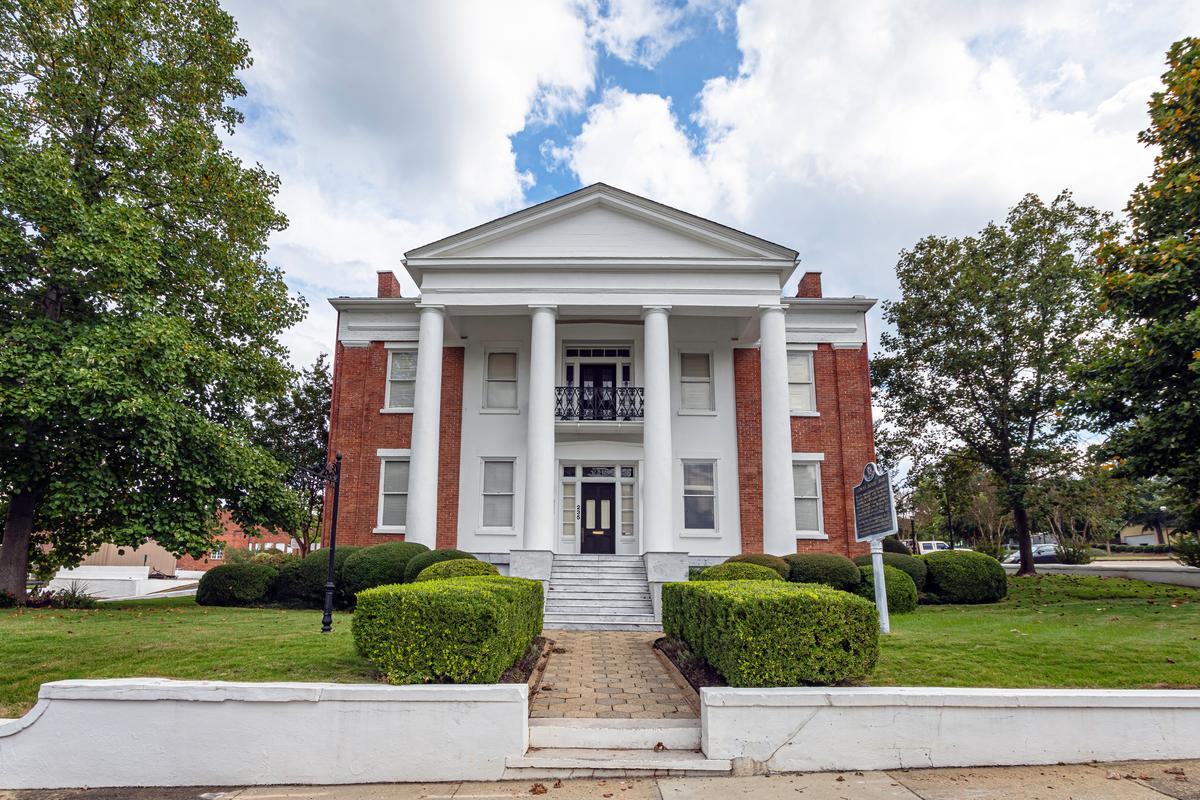
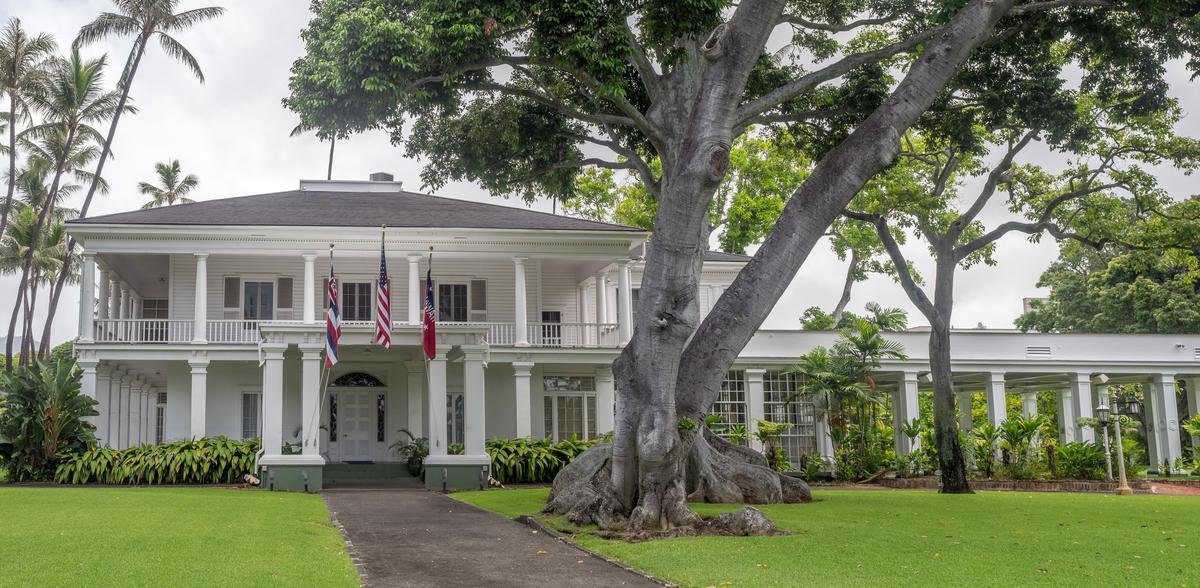



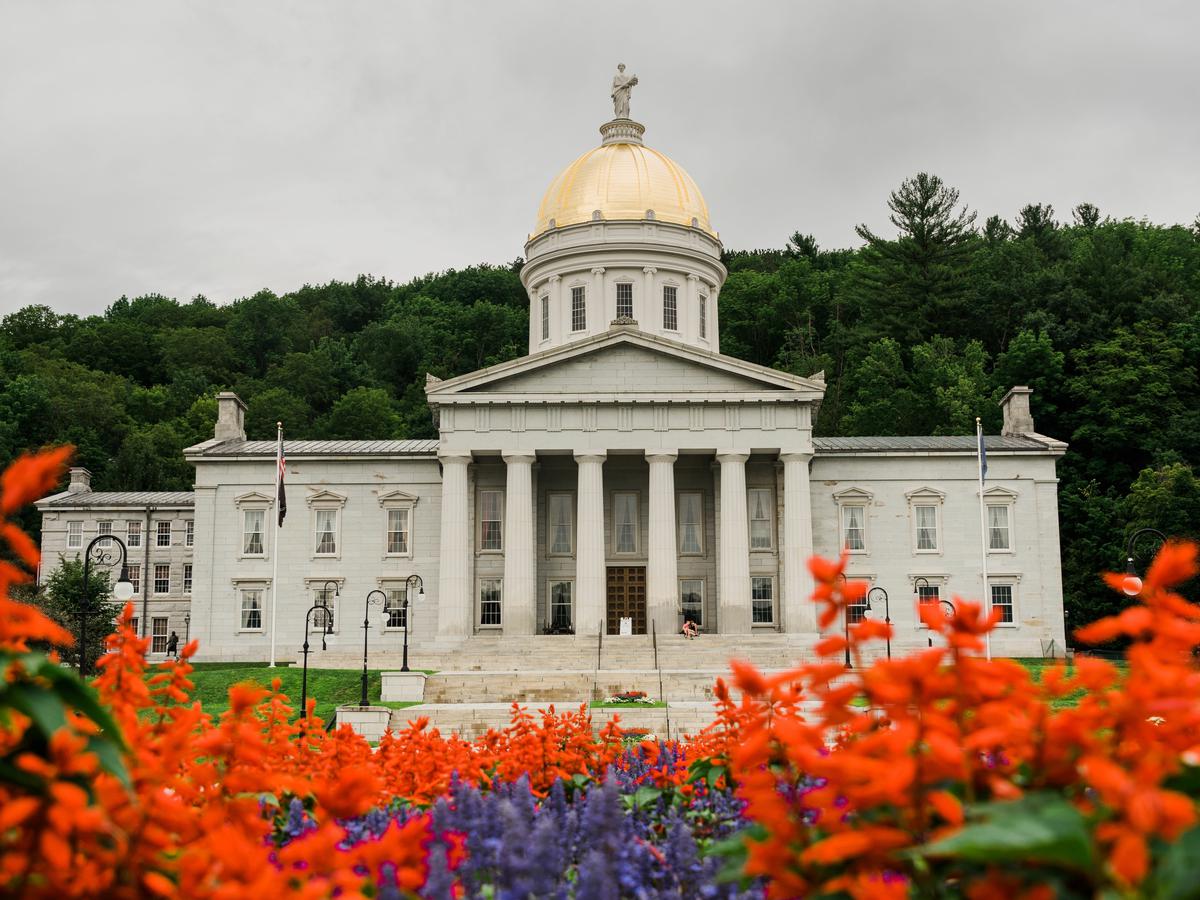
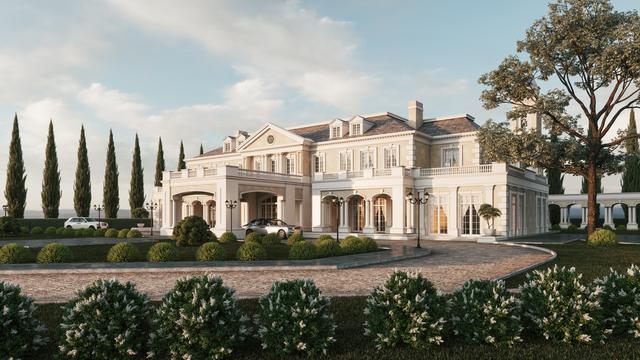


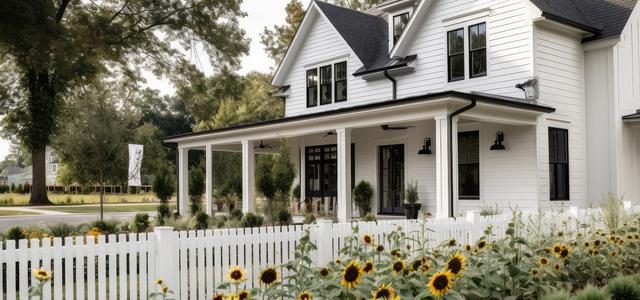
comments